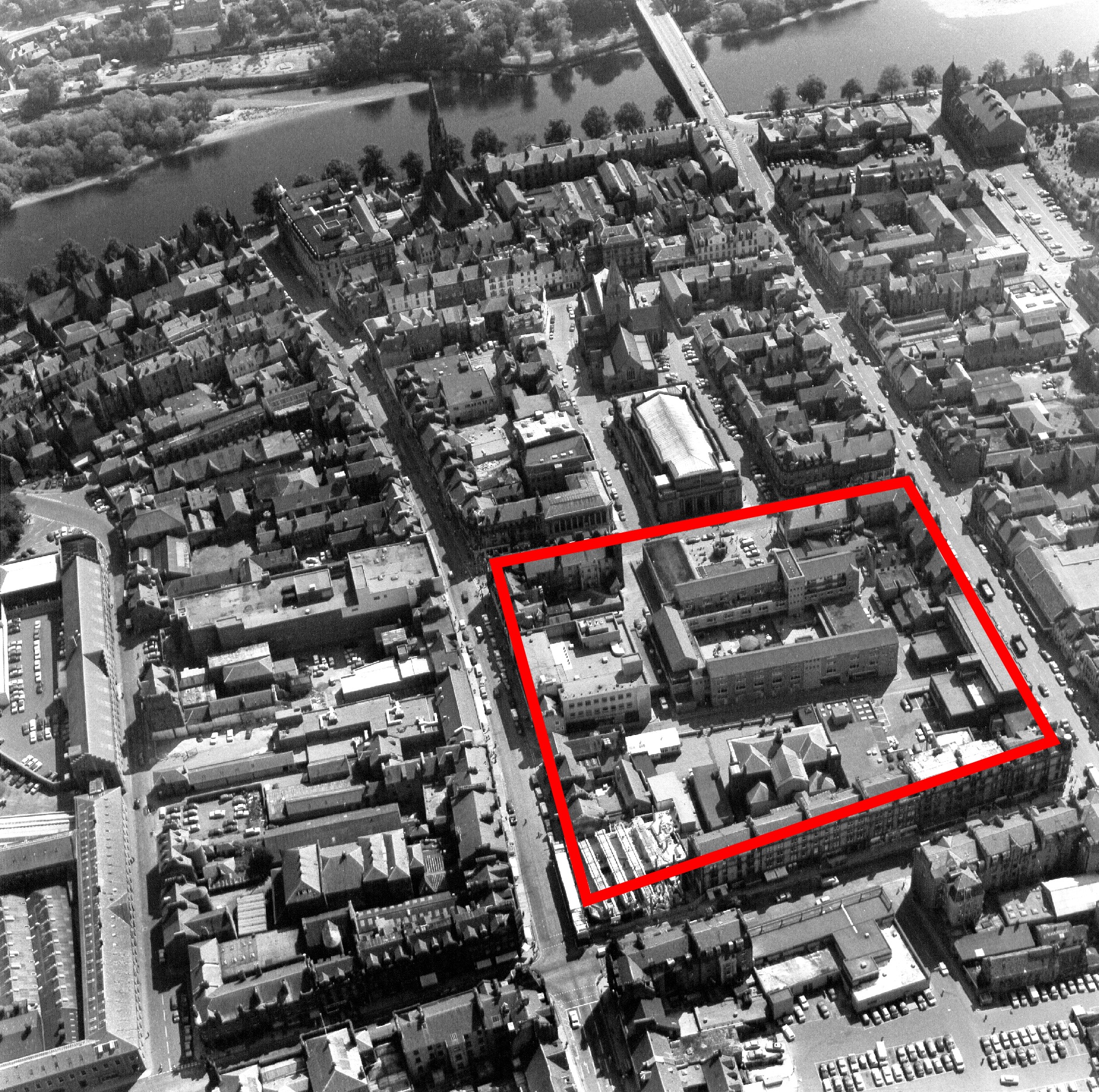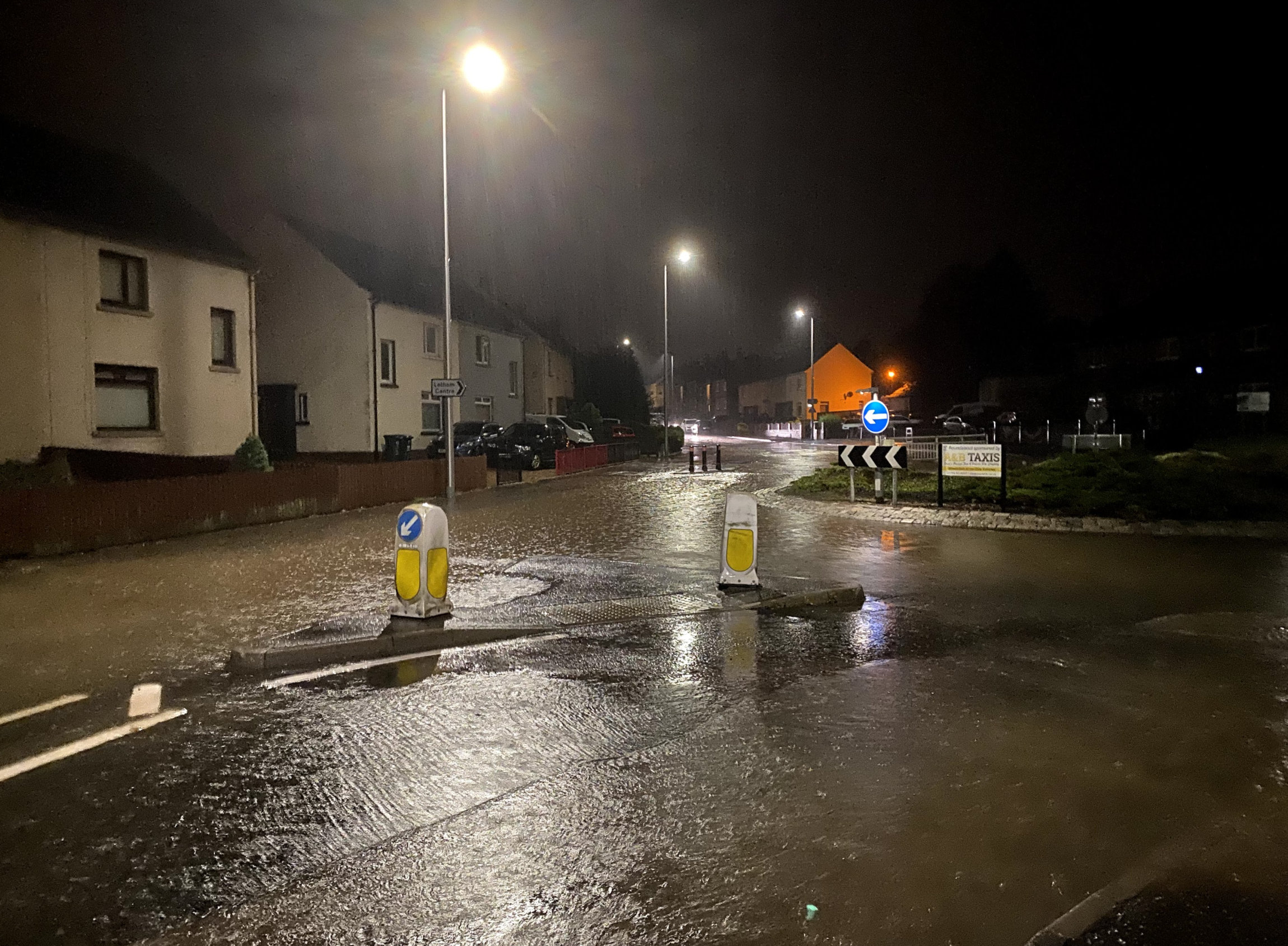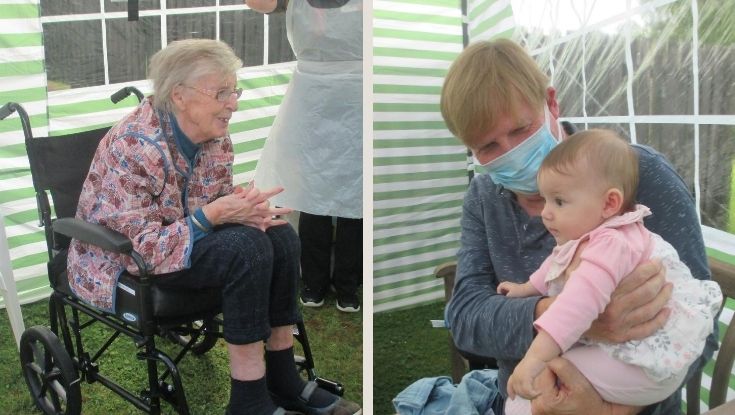Translate into Polish or Ukrainian
A significant assemblage of medieval pottery, metal, bone, antler, leather and wooden artefacts recovered from rich midden deposits, floor surfaces, occupation deposits, structural timbers, pits and hearths sheds new light upon life in the heart of the medieval burgh of Perth.
Between August 1985 and April 1986, an extended archaeological watching brief was undertaken by the Scottish Urban Archaeological Trust during the redevelopment of St John’s Square Shopping Centre in the middle of Perth.
The results of the fieldwork and post excavation analyses, funded by Historic Scotland, have now been published for the first time thanks to funding from that organisation’s successor – Historic Environment Scotland.
The watching brief at St John’s Square was undertaken by members of an archaeological team excavating a site in nearby Canal Street. Limiting investigation to a watching brief, mainly on piling operations, was unavoidable at the time.
St John’s Square was an extreme example of one of the most common types of archaeological projects – the watching brief – undertaken across the UK at the time.
This particular watching brief predated the introduction of National Planning Policies, which now control the impact of development upon archaeology.
The design of the shopping centre at St John’s Square required massively robust foundations, so the watching brief comprised the monitoring and recording of 389 foundation pile holes and the cleaning and recording of 186 trenches and manholes excavated by the developer’s construction contractor.
The health and safety aspects of working close to machinery were considerable and no trenches were excavated by the archaeologists themselves.
‘Timbers, surfaces/floors and hearths/burning were observed near the High Street, with a lesser concentration behind South Street near the SW corner of the site,’ said Catherine Smith, who compiled the publication report.
‘These are the areas where archaeological features would be expected, situated on or close to the medieval street frontages.’
The absence of such features from the central part of the site reflects the shallow depth of most of the trenches there, and the presence of organic/midden deposits and garden soil there does not mean that structures were not present. A possible ‘foreland’, in front of one structure, was noted on the High Street frontage, and at least two paths, one with a wooden kerb, and a possible early alignment of Meal Vennel were noted extending southwards from High Street. Four paths were recorded behind the South Street frontage, including a possible early version of Meal Vennel itself.
Thirteen pits were identified, including two which may have been wood-lined, one which may have been charcoal-lined, and one with clay.
The nature of the watching briefs precluded any more detailed interpretation of the site and so limited the identification of features to those that can be paralleled elsewhere in Perth. In particular, it was not possible to radiocarbon date any of the features found on the site, although the three successive timber buildings on the High Street frontage could be thirteenth century in date by association with the artefacts recovered.
The medieval pottery recovered during the watching briefs included some examples of vessels in both the local Redware and imported Yorkshire Type wares.
‘It is very striking that there are no examples of the twelfth century imported fabrics which were recovered from excavations on the opposite northern High Street frontage of this part of Perth” said Derek Hall, who analysed the pottery.
‘The Yorkshire Type wares imply that no deposits any earlier than the thirteenth or fourteenth centuries were recovered from the watching briefs. The imported Low Countries Redwares and the Rhenish Stoneware, as well as the Yorkshire Types wares, indicate the importance of sea-borne trade across the North Sea and up the east coast of the British Isles in the medieval period. These quality wares were imported into Perth and may well have influenced the development and production of the Redware industry in Scotland.’
Despite the difficulties of archaeological recording during the watching briefs, the recovered artefact assemblage provides valuable evidence for activities taking place in the core of the medieval burgh.
This was because there were excellent conditions for organic preservation within the middens and pit fills encountered, which led to the survival of a more diverse range of material and medieval artefact types than would otherwise be expected, including a medieval knife and fork still with their wooden handles, wooden pegs and pins, moss rope, antler offcuts and 68 fragments of leather shoes.
‘During the medieval period, forks were used to assist in carving meat and in eating small delicacies,’ said Adrian Cox who led the analyses of artefacts. ‘The use of forks as components of table cutlery did not begin until the second half of the seventeenth century.
The overall form of the fork appears consistent with a use in picking up small food items, while the knife was also probably used at the table for the cutting and presentation of meat.’
Evidence for the preparation of textiles was recovered in the form of an iron heckle tooth and a ceramic spindle whorl. The assemblage of leather, however, was dominated by shoe parts rather than manufacturing debris, and so appears to be diagnostic of discarded leather items rather than workshop activity. The concentration of antler offcuts, however, does indicate the existence of a workshop in the near vicinity and provides important evidence for the manufacture of antler artefacts within the medieval burgh.
‘Nowhere else in the burgh has such a concentration of antler offcuts been found,’ said Catherine Smith, who examined the faunal remains, ‘it is apparent that a workshop, perhaps producing combs, must have been located there.’
The antler deposits here are matched only by an assemblage recovered from Linlithgow High Street (ARO 16), incidentally a town famed for its leather work.
‘The craft workshops were probably located close together in the backlands, with the raw materials of the various trades readily available,’ added Catherine. ‘Traditionally, similar trades were clustered together in the medieval burghs, and it is notable that South Street continued to be home to many of Perth’s cobblers until the early modern period, the street being known variously as ‘Shoegate’ or ‘Shaegate’ up until the eighteenth century.’
As the remains of three successive timber buildings were recorded on the High Street frontage in the same trench as a recovered sawn antler piece, it is likely that one of these buildings was the workshop of a craftsman working with antler.
At the time of the watching briefs, planning and construction legislation and guidelines in Scotland were quite different to the present situation. If this development were to happen today rather than in 1985, the way the archaeological work was undertaken would be very different.
However, despite the very difficult working conditions of the archaeologists, it is remarkable how much information was retrieved. Unlike the Perth High Street excavations of ten years earlier, which were an open area excavation, where the outlines of buildings could be traced with certainty, boundaries and paths followed and pits dug in their entirety, the archaeologists on the St John’s Square site were only allowed small insights into the past of the burgh.
Even then, those glimpses have provided evidence of activities in areas behind High Street and South Street, and added to the corpus of information on the development of the burgh and the lives people led.
The implications of the results of the archaeological work at St Johns Square indicate that there is great potential for further research when the opportunities arise in medieval burghs, such as Perth.
The watching briefs at St John’s Square demonstrate that research questions can only be best answered on a much bigger scale than a restricted pile hole or narrow trench, but information was gained for all that, and information that otherwise would have been lost for ever.
The full results of this research, ARO21: Brief encounters: watching medieval archaeology emerge from St John’s Square, Perth by Catherine Smith, and funded by Historic Environment Scotland, has just been published and is now freely available to download from the ARO website – Archaeology Reports Online.









